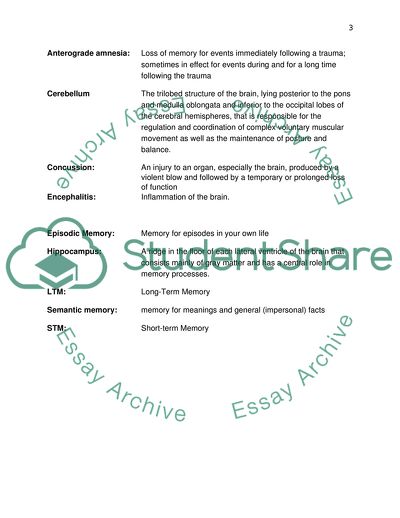Cite this document
(Major Sub Classifications of Memory Research Paper, n.d.)
Major Sub Classifications of Memory Research Paper. Retrieved from https://studentshare.org/science/1713075-what-are-the-major-sub-classifications-of-memory-how-are-they-relatively-damaged-or-spared-by-different-neurological-diseases
Major Sub Classifications of Memory Research Paper. Retrieved from https://studentshare.org/science/1713075-what-are-the-major-sub-classifications-of-memory-how-are-they-relatively-damaged-or-spared-by-different-neurological-diseases
(Major Sub Classifications of Memory Research Paper)
Major Sub Classifications of Memory Research Paper. https://studentshare.org/science/1713075-what-are-the-major-sub-classifications-of-memory-how-are-they-relatively-damaged-or-spared-by-different-neurological-diseases.
Major Sub Classifications of Memory Research Paper. https://studentshare.org/science/1713075-what-are-the-major-sub-classifications-of-memory-how-are-they-relatively-damaged-or-spared-by-different-neurological-diseases.
“Major Sub Classifications of Memory Research Paper”. https://studentshare.org/science/1713075-what-are-the-major-sub-classifications-of-memory-how-are-they-relatively-damaged-or-spared-by-different-neurological-diseases.


